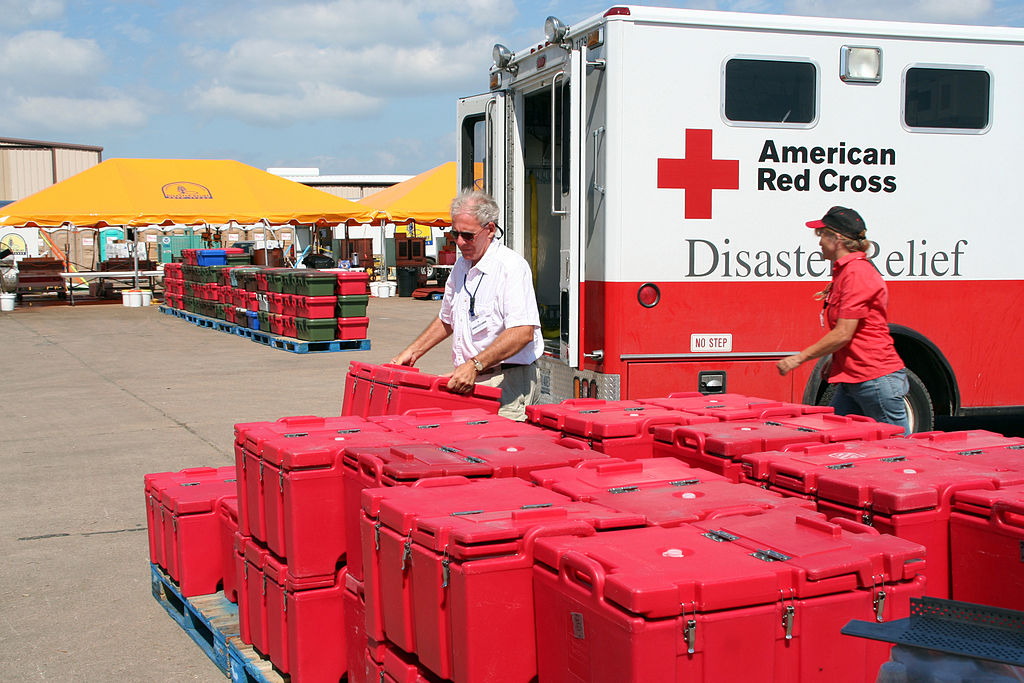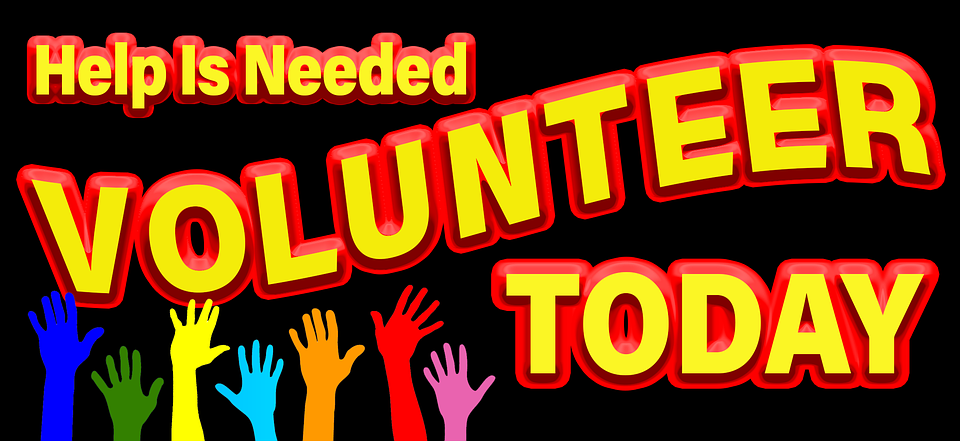Volunteering begins at home
Giving with open hearts and helping hands—this is a spirit of community, where life is valued and service is second-nature. This is Minnesota. According to a 2015 federal report, Minnesota ranks second in the nation for volunteering. Tutoring and collecting food rank as the top volunteer activities but the range of these volunteering activities far exceeds simply helping children with their homework and participating in a food drive. One look at the digital magazine Minneapolis Happening will tell you that tutoring includes assisting in learning labs with ESL classes and GED subject groups and collecting food might require sorting, repacking, and reassembling food packages.
Community organizations and NGOs need volunteers to do a great variety of tasks, from the ordinary to the highly skilled. Do you like children? You could mentor a child with Kids ‘n Kinship or intern with Camp Noah of Lutheran Social Services helping kids impacted by disaster or crisis situations. Would you prefer to work with adults? There are many opportunities to help the homebound, seniors, the disabled, and the dying. Maybe office work is more your style or greeting people as a receptionist. Help people prepare their taxes, provide legal advice to tenants, support cancer patients, or train with the American Red Cross. There is a lot happening in Minneapolis and its surrounding communities and you can be a part of it.

Perhaps you have been moved by the devastation caused by recent hurricanes in Texas, Florida, and Puerto Rico or the wildfires in California or you have heard the stories of people who did something to help those in their hour of great need. Should you do the same? Take the advice of those who have been there like Michele Turk with nextavenue.org. Disaster relief work in these states will not be over any time soon. It will take more than a few months to clean up, assess damage, make decisions, and begin the long process of rebuilding lives, neighborhoods, and communities. So, what can you do from Minnesota? NVOAD, the National Voluntary Organizations Active in Disaster, is a good place to start. It is “a network of agencies with more than 60 member organizations nationwide, of which roughly 50 are on the ground in Texas and Florida.” Sign up with any established organization and wait for the call. That call might not come for several months but when it does, you could be ready to answer.
If you discover in your search that you might lack some necessary skills or certification in emergency or disaster relief, then look at CERT (Community Emergency Response Team) or the American Red Cross for classes available. If none of these are good options for you, do not lose heart. Michele Turk also mentions many organizations and credible options that will put donation dollars to good work. She gives sound advice regarding giving. And, as with any organization, vet the group before volunteering or donating; do your homework so you can support them with confidence that your participation will accomplish your goals as well as their own. Volunteering begins at home but doesn’t have to end there.
CREDIT: pixabay.com
Texasstandard.org

